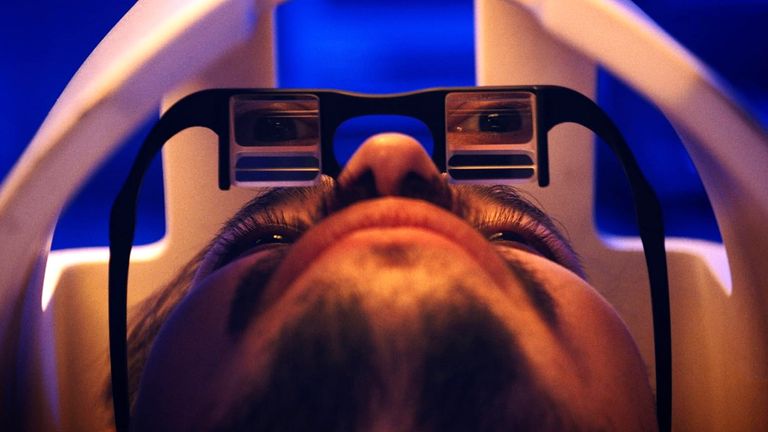OMG Do I Have This? Diseases That Scare Hypochondriacs The Most
Are you the sort of person who fears the worst when you feel a little under the weather? Are you plagued by the constant dread of harboring a serious illness, convinced that every headache is a brain tumor or that every cough is a sign of impending doom? Life as a hypochondriac is a stressful affair, but, unfortunately, we might be about to make it a whole lot worse! What follows is the hypochondriac’s worst nightmare: a list of some of the weirdest, rarest, most terrifying conditions known to man!
Tree man syndrome
Tree man syndrome, otherwise known as Epidermodysplasia verruciformis (EV), is an exceptionally rare inherited condition — only 200 cases have ever been recorded — that is characterized by growths on the skin that seem to resemble warts. And, odd as it seems, they really do resemble the bark of trees.
They typically manifest themselves on a person’s face, torso, neck, feet, or hands. Some instances can see the development of large, painful keratin growths on the skin, which are akin to horns or hooves. And while surgery can alleviate the symptoms, recurrence is a definite possibility.
Hutchinson-Gilford progeria syndrome
Discovering someone with Hutchinson-Gilford progeria syndrome is a little like stumbling upon a real-life Benjamin Button. This rare genetic disorder fast-forwards the aging process in children, with symptoms surfacing within their first two years.
Initially appearing healthy, these unfortunate kids eventually exhibit slowed growth, hair loss, and a reduction in fat tissue. Heart issues or strokes often cut short lives at a very young age: sufferers typically live to around 15. Despite the absence of a cure, ongoing research offers hope in at least managing its symptoms.
Stone man syndrome
Imagine waking up one day and finding that your muscles, tendons, and ligaments seem to be slowly hardening, effectively imprisoning you within your own body. This nightmare is pretty close to the harsh reality for individuals who have Fibrodysplasia ossificans progressiva (FOP), a.k.a. stone man syndrome. Thankfully it’s rare, with a prevalence of about one in every 2 million births.
FOP, according to the National Library of Medicine, is characterized by “postnatal progressive heterotopic ossification of the connective tissue and congenital malformation of the big toes.” In layman’s terms, extra bone begins to form in a sufferer’s muscles and soft tissues. Almost 90 percent of FOP cases are sadly misdiagnosed, leading to unnecessary interventions that can actually make things worse.
Necrotizing fasciitis
Necrotizing fasciitis is a thankfully uncommon but terrifying bacterial infection that spreads like wildfire through a sufferer’s body. Let’s not mince our words: it’s a flesh-eating disease. Bacteria invades through breaks in the skin, which can be something as seemingly minor as a scrape. Sometimes you don’t even need a visible wound — blunt trauma can be enough.
Symptoms escalate swiftly, from fiery red skin to agonizing pain and fever. Ulcers, blisters, and black spots later emerge, which signal tissue decay. Further complications can include sepsis, shock, and organ failure. Roughly one in five victims are likely to die from necrotizing fasciitis, even if treatment is administered.

